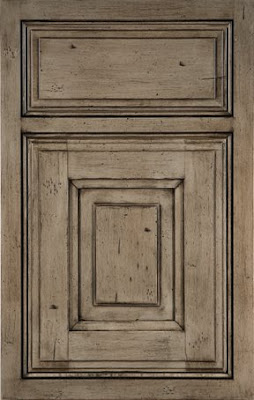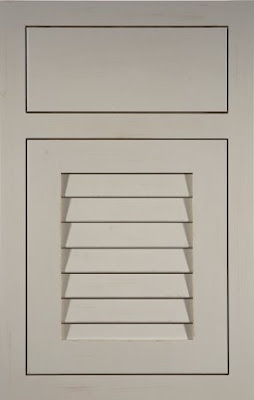
I linked up with the
Lighting Style Blog a couple of weeks ago and I'm enjoying watching their site grow. I'm intrigued by good lighting and over the years I've taught myself a thing or two about how I like to have my work lit. I am not a lighting designer and I'll be the first to admit that. Complicated lighting jobs are best tackeled by a lighting pro. But even with that said, it doesn't hurt to know a thing or two about some of the general guidlines of how to light a kitchen.
1. To add interest and functionality to a kitchen, you should have several different levels of lighting:
- Ambient Lighting: General lighting
- Decorative Lighting: A fixture that adds a design element, such as a chandelier.
- Focal Lighting: Is used in a specific area such as glass cabinets or a tile pattern.
- Task Lighting: Used on any work surface.
2. Ambient Lighting, or general lighting, is important for seeing into cabinets and appliances.
3. The most important areas to light in a kitchen are the task areas like countertops, tables, appliance tops, etc.
4. Under-cabinet lighting looks and functions best when the fixture is pulled to the front of the cabinet so that the light is hitting the middle of the countertop.
5. A footcandle is a unit of measurement used to calculate the illumination of light cast on a surface. One footcandle is equal to 10 lux. General footcandle requirements for any space is 25-30 footcandles. (Follow
this link for a good explanation of how brightness is measured.)
- For a task area such as a countertop, plan for 50-75 footcandles.
- You may need to adjust the footcandle level based on the occupant’s age. Occupants over the age 55 would need about 30% more footcandles than a younger person.
6. How colors are used in a room will affect the quantity of light required. Darker cabinets and countertops will require more task lighting.
7. Kelvin ratings are used to determine light’s color temperature (coolness or warmness). The higher the number, the cooler the light. The lower the number, the warmer the light. This is important in the kitchen as a light’s color temperature greatly affects the presentation of food.
- It is best to stay away from cool lighting (3,600 to 5,500k).
- Warm-neutral lighting (2,900 to 3,600k) is best for general and task lighting.
8. It is important that all lamps used in a room appear to be the same color temperature.
- If you use warm incandescent bulbs in the recessed cans and hanging pendants, but you use cool fluorescent bulbs in the under-cabinet lights for the task lighting, the difference in color temperature will not work well together, creating an odd look.
9. Note, dimming a lamp will cause it to look warmer.
10. It is important to prevent scallop lighting while illuminating wall cabinets as they can cause visual disruptions. For minimal scalloping on the front of 12” deep cabinets, a minimum of 40” from the back wall to the center of the recessed can is usually required.













